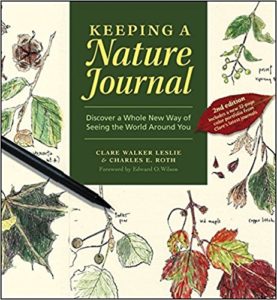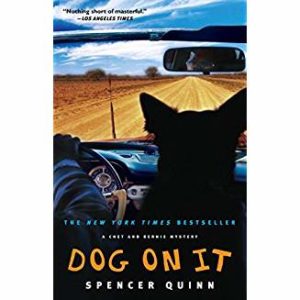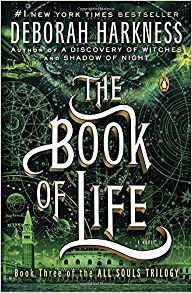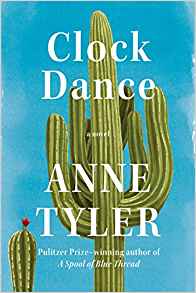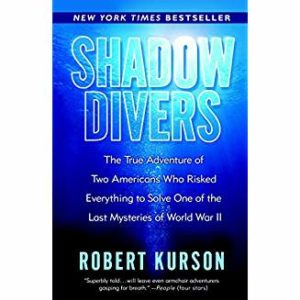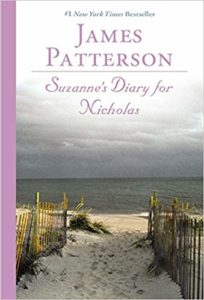Bill Clinton & James Patterson | Fiction
![]()
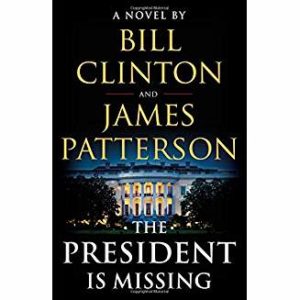
Ah, I breathe a sigh of relief after the last James Patterson I read (see my review on Suzanne’s Diary for Nicholas) This is James Patterson back at his best. Just enough complexity and intrigue; a page turner near the end; relationships that have soul and heart; a vivid plot; a noticeable number of strong women characters; the stark reality that may come from having an ex-President as your co-author.
The President is Missing (wishful thinking?) is about a potential crisis of epic proportions. It takes great creativity to imagine this crisis ... clever and scary, beyond a doubt. And President Jon Duncan is the only person who can prevent the crisis. Hold your breath!
My only criticism is slight ... I believe the book is mis-titled. It gives the impression that the President has been kidnapped and cannot be located. That is not the story line. The plot is richer and more interesting than a kidnapping. I might have titled it Dark Ages. Let us know what your title is, after you read The President is Missing, which I DO recommend!

